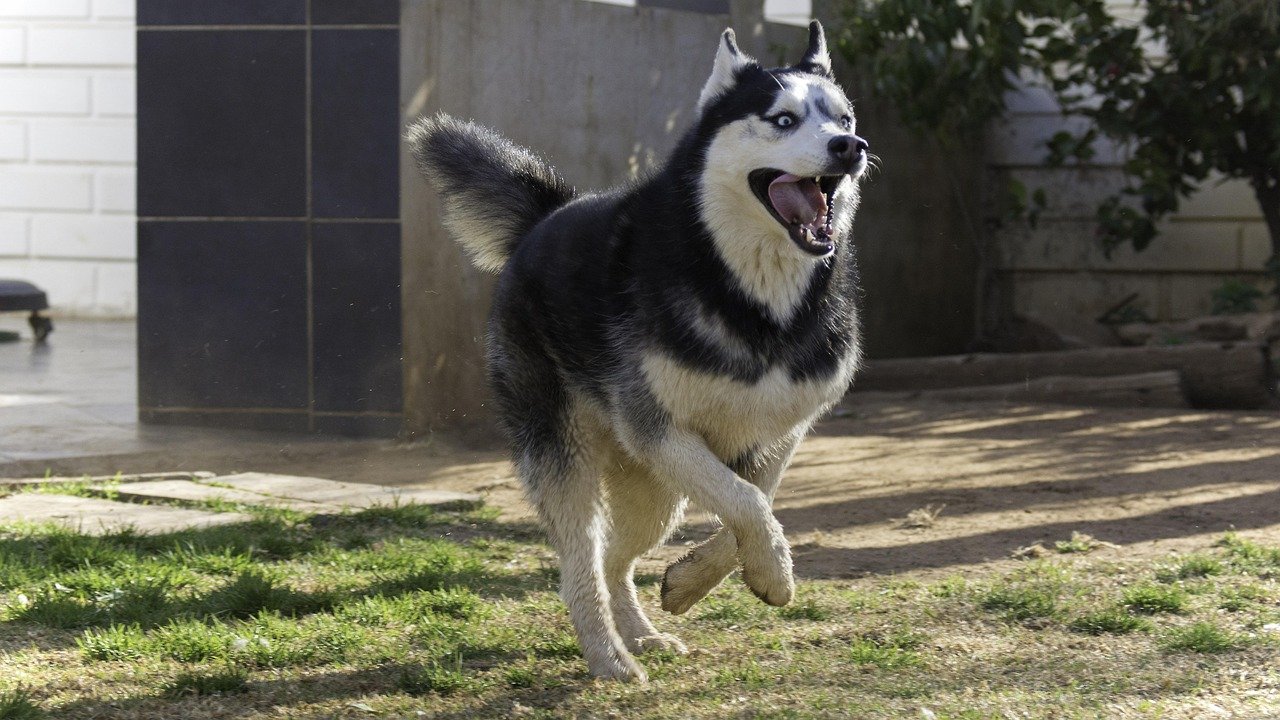There’s something oddly comforting about a dog’s bark echoing through your home, isn’t there? That familiar sound that signals your furry companion is alive, alert, and ready to greet whatever comes their way. Yet for some dog lovers, that sweet sound can turn into an endless symphony that tests even the most patient neighbor’s tolerance.
If you’re considering welcoming one of these naturally vocal breeds into your family, it helps to understand what drives their impressive lung capacity. These dogs aren’t just making noise for the sake of it. Their barks carry stories of generations bred for specific jobs, from hunting across vast landscapes to protecting precious livestock.
Beagles: The Musical Marvels

Picture this: you’re peacefully reading a book when suddenly your Beagle catches a whiff of something interesting. What follows isn’t just a bark but what can only be described as a canine opera performance that your neighbors three blocks away will hear clearly.
Beagles are among the , and their name’s etymology is debated, though some sources suggest it may relate to their vocal nature. Beagles are considered very loud and persistent barkers, bred for hunting and utilizing their voice to alert hunters or follow any scent trail.
Golden Retrievers: The Record Holders

Most people think of Golden Retrievers as gentle, quiet family dogs. This assumption couldn’t be further from the truth when it comes to their vocal capabilities.
Golden Retrievers are capable of producing exceptionally loud barks, with some reportedly reaching over 110 decibels, which approaches the sound level of power tools and machinery. This whopping bark measuring 113.1 dB is equivalent to listening to a siren or pop concert.
German Shepherds: The Intimidating Alerts
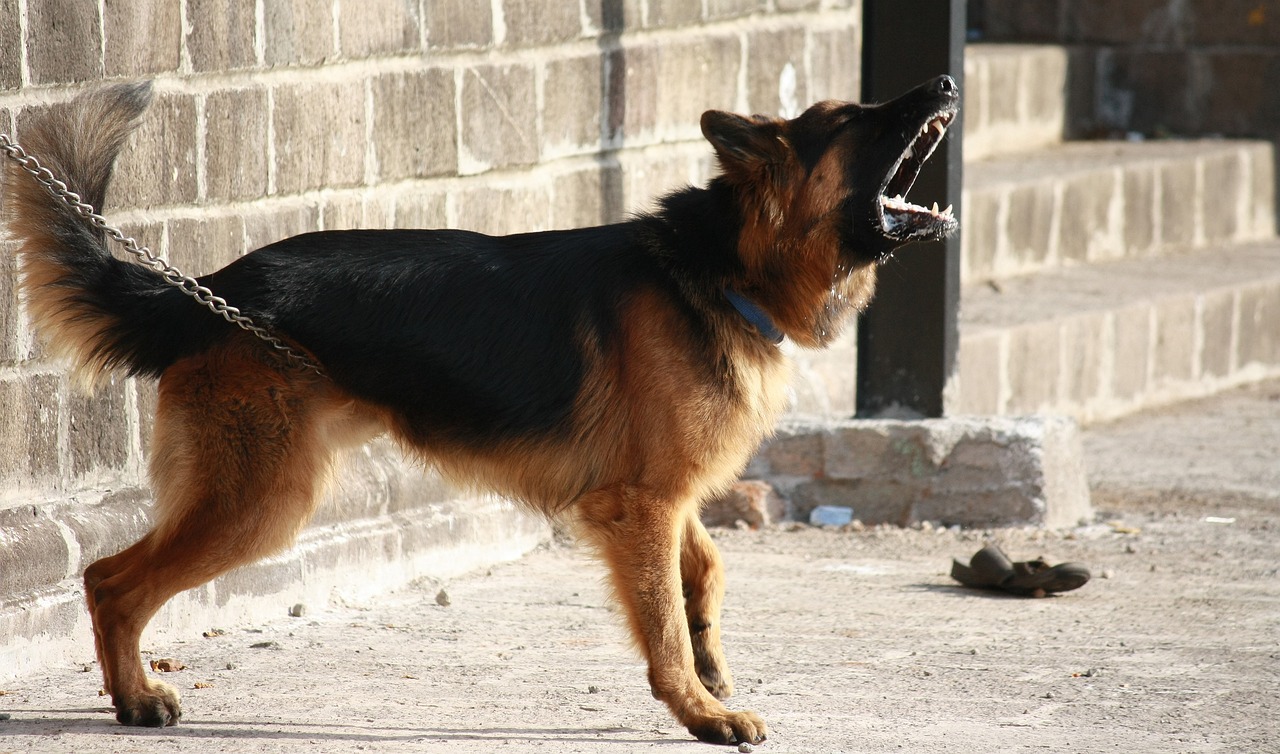
When a German Shepherd decides to bark, everyone within a considerable radius knows about it immediately. These magnificent dogs don’t just make noise – they make statements.
German Shepherds are known for their particularly loud barks, with some capable of producing sounds over 100 decibels. As a pastoral breed, German Shepherds were bred as guardians of the flock and expected to use their intimidating bark to raise alarms and scare away intruders or predators.
Chihuahuas: Small Size, Massive Sound

Don’t let their tiny stature fool you. Chihuahuas possess an almost supernatural ability to produce sounds that seem physically impossible given their diminutive frames.
Chihuahuas are like a big bomb in a small package, compensating for their small size with an insanely loud bark. These plucky dogs often have what experts call “little dog syndrome,” displaying dominance through excessive barking or yapping when strangers enter their territory.
Pomeranians: Fluffy Powerhouses
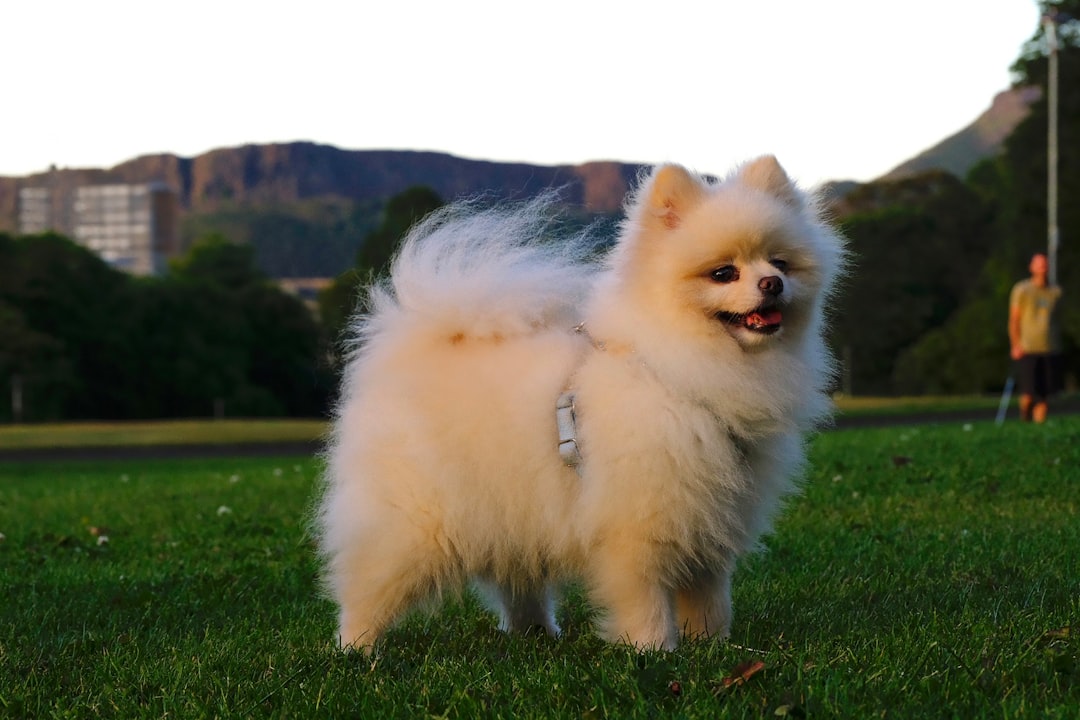
Behind that adorable ball of fluff lies a surprisingly powerful vocal instrument. Pomeranians take their watchdog duties seriously, despite weighing less than most house cats.
Pomeranians and other small companion dogs are prone to being more vocal, often making excellent watchdogs by alerting to any perceived dangers. These tiny dogs certainly don’t hold back when it comes to barking, being normally very alert and tending to vocalize quite a bit when excited or anxious.
Basset Hounds: The Deep Howlers

Those soulful eyes and droopy ears might suggest a laid-back personality, but Basset Hounds carry their hunting heritage in their powerful voices. Their baying can travel remarkable distances.
Basset Hounds have a deep baying bark and were originally bred to hunt, with their voice carrying far and used to track scents and communicate over long distances. These adorable dogs are well-known for their howling and tend to be louder when left alone, possibly due to separation anxiety.
Bloodhounds: The Chatty Champions

Bloodhounds combine their legendary scenting abilities with an equally impressive vocal range. These gentle giants aren’t just loud – they’re conversational.
Bloodhounds are both loud AND chatty among dog breeds with the loudest barks. Their legendary sense of smell makes them perfect for following scents, and their bark allows humans to track their dogs as they independently pursue their tasks.
Siberian Huskies: The Arctic Communicators
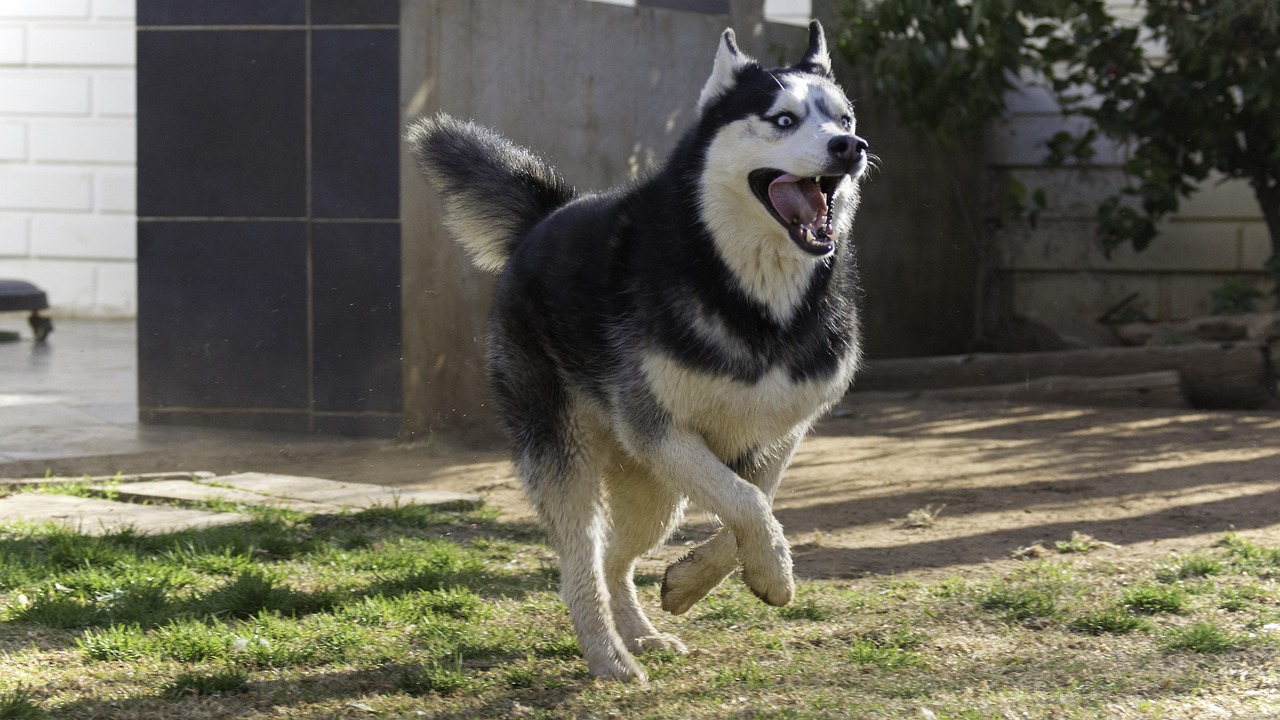
Huskies don’t just bark – they hold entire conversations. These stunning dogs seem to believe that every thought deserves vocal expression, much to their owners’ surprise.
Huskies and Malamutes are among the most vocal dogs, often howling or talking continuously whether being directly interacted with or not. Siberian Huskies are known for their loud and howl-like bark, bred originally as sled dogs needing to communicate effectively over long distances and through harsh weather.
Rottweilers: The Thunderous Guards
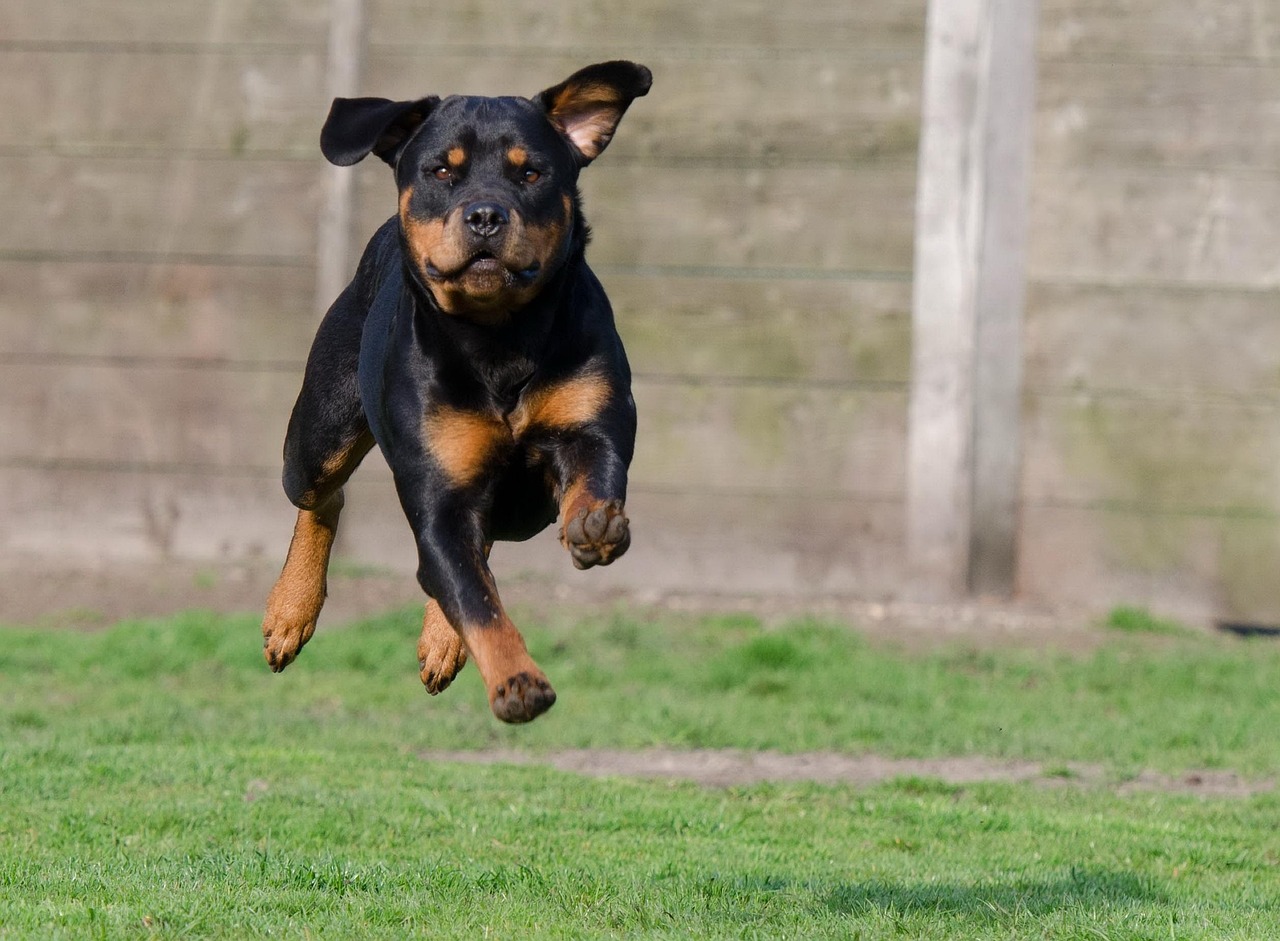
When a Rottweiler barks, the sound seems to come from deep within their muscular chest, creating an unmistakably authoritative tone that commands immediate attention.
Rottweilers, known for their strength and protective instincts, have a deep and thunderous bark that serves as an effective deterrent, originally useful for controlling livestock and warding off predators. As one of the best guard dogs available, Rottweilers must possess a good, loud bark to fulfill their protective duties.
Yorkshire Terriers: The Persistent Yappers

Yorkshire Terriers might be pocket-sized, but their determination to be heard rivals dogs ten times their size. These feisty little companions never met a sound they couldn’t respond to.
When discussing yappy dogs, Yorkshire Terriers must be included, as they tend to bark frequently with a high-pitched bark that you can’t ignore, even if you want to. Despite their small size, Yorkshire Terriers tend to make excellent watchdogs due to their protective and vigilant nature.
Conclusion
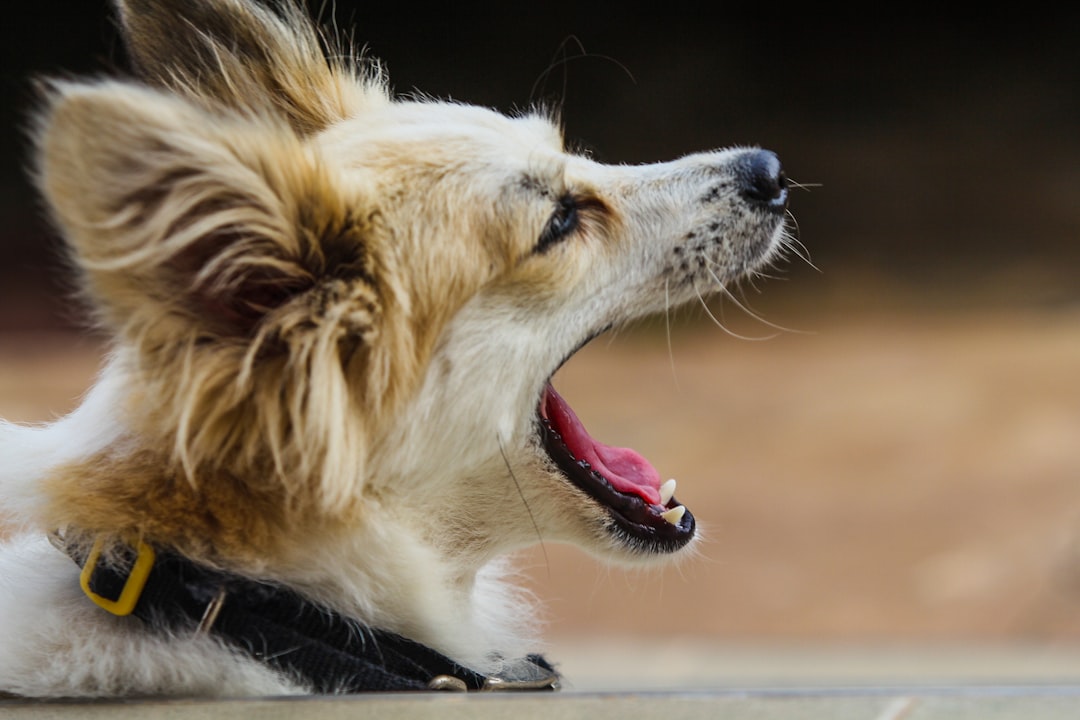
Living with one of these vocal breeds means embracing a lifestyle filled with canine commentary on everything from the mail carrier’s arrival to suspicious squirrel activity. While their barking might test your patience occasionally, remember that this trait often stems from generations of purposeful breeding.
These dogs were designed to communicate, alert, and protect through their voices. Understanding this helps transform what might seem like excessive noise into meaningful conversation with your four-legged family member. What experiences have you had with vocal dog breeds? Tell us in the comments.

Andrew Alpin from India is the Brand Manager of Doggo digest. Andrew is an experienced content specialist and social media manager with a passion for writing. His forte includes health and wellness, Travel, Animals, and Nature. A nature nomad, Andrew is obsessed with mountains and loves high-altitude trekking. He has been on several Himalayan treks in India including the Everest Base Camp in Nepal.

